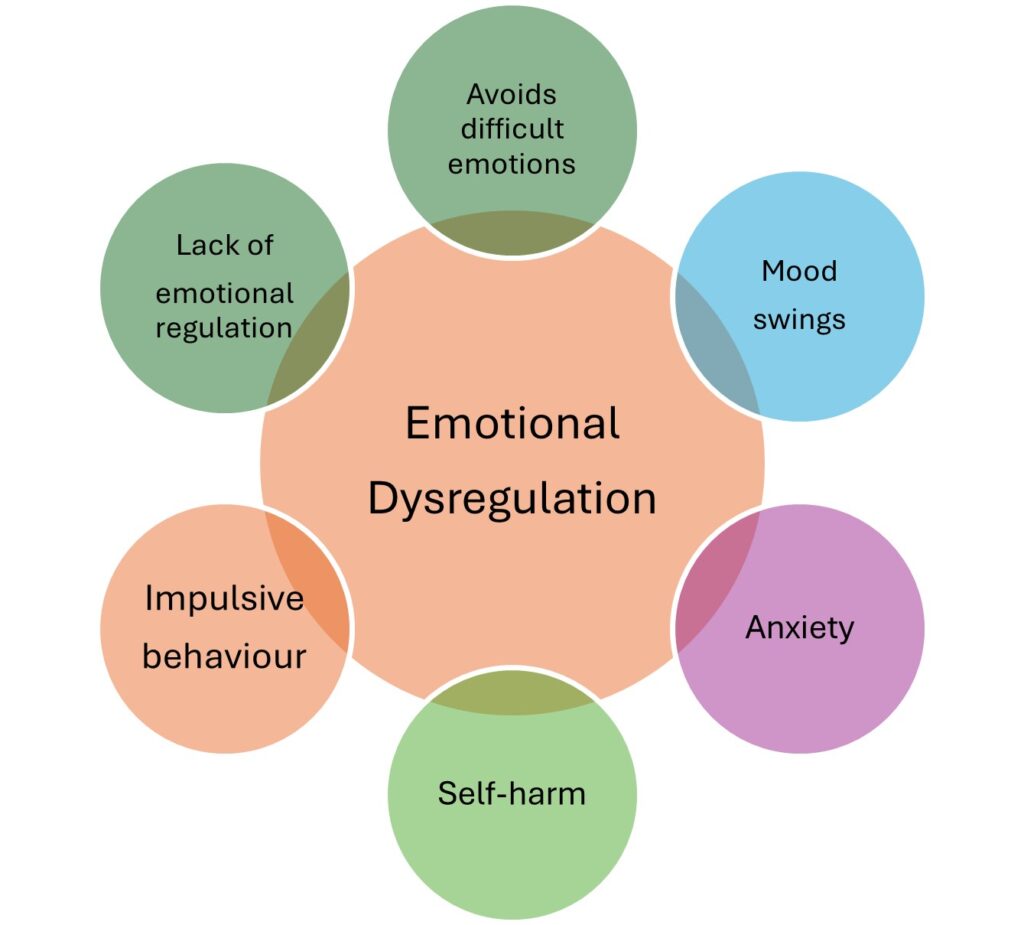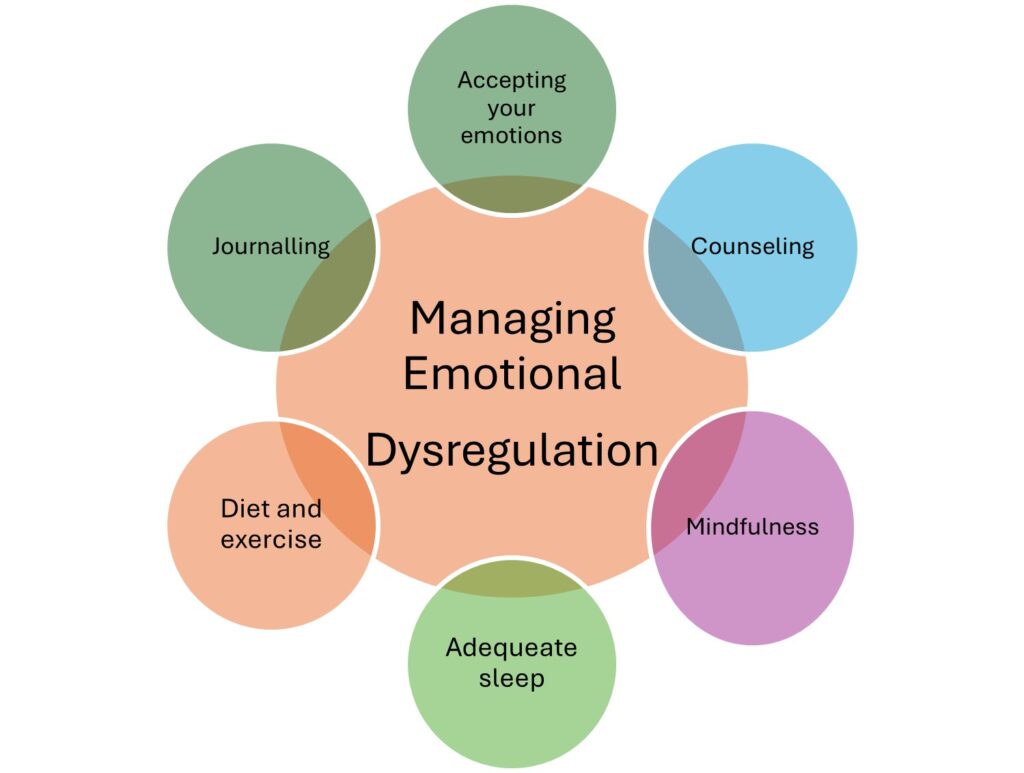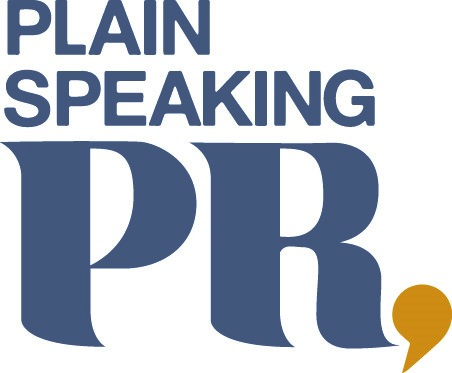
In this month’s column, Integrative Counsellor and Critical Care Nurse, Sam Grainger explores emotional dysregulation – and how you can manage it
We all have days when emotions feel a little up and down. In a day we can go from happy to being annoyed, to sad and then back to happy again. These changes in emotions may be caused by outside factors like being caught in a traffic jam or someone being rude to you. These are normal changes in emotion and most importantly you can manage them.
What happens when emotions become out of control, when it is difficult to make sense of what’s going on and you become overwhelmed by emotion? If you have difficulty controlling your emotions, even minor events can feel huge and this can cause an outburst of emotion.
This type or response is known as emotional dysregulation which refers to difficulty managing emotions. You may be unable to control your emotions and adapt to situations. An individual who experiences emotional dysregulation has a feeling of being out of control, they may even struggle to recognise their emotions, and this leads them to feel more distressed.
What does emotional dysregulation look like?
When you struggle with emotional dysregulation you may find it interferes with all other areas of your life. You may find it difficult to maintain relationships, to engage in social situations and this has a knock on effect causing isolation and loneliness, decreasing your quality of life.
The table below shows some of the common symptoms of emotional dysregulation.

Other symptoms may include feeling overwhelmed, anger, crying for no reason and difficulty coping with stressful events.
Emotional dysregulation can be categorised by three types:
Hyperarousal: If this is the experience then emotions and reactions will be intense. This would look like anger and uncontrollable behaviour.
Hypoarousal: Social withdrawal takes place a little like a crab climbing back into its shell. There is a disconnection between emotions and feelings.
Emotional numbness: The overall feeling is one of being completely disconnected not only from others, also from yourself. A complete shutdown. This is more like a clam that closes its shell so tight no-one can get in and the clam can’t get out.
Emotional dysregulation may often be sparked by a trigger. Triggers can be:
➢ Stressful events
➢ Overwhelming environments
➢ A reminder of past trauma
➢ Close relationships
➢ Arguments
It is important to be able to identify the triggers to be able to move forward and manage your responses
Emotional dysregulation can be caused by certain mental health conditions such has depression, ADHD (attention deficit hyperactivity disorder) and depression. Other primary causes are psychological trauma, genetics, or traumatic brain injury.
How do you manage emotional dysregulation?
Below are some strategies to help with emotional dysregulation. If you recognise this in yourself or someone you know it’s important to reach out and get some help. These types of responses can cause isolation and feelings of loneliness.

This is a brief explanation of emotional dysregulation, if you are worried about yourself or someone else, please reach out. I would be happy to answer any questions.
Visit Sam Grainger Counselling.
Featured image – supplied









Leave a Reply